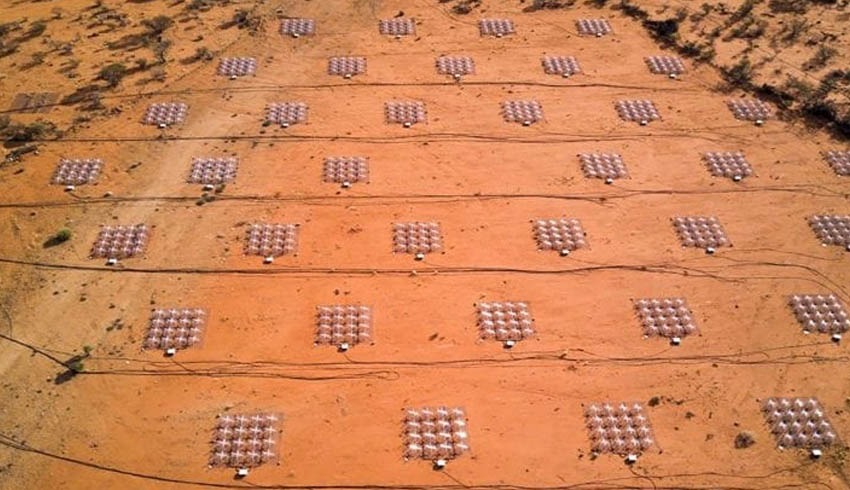
The $2 million cluster, procured from HPE in early 2020, is now available to researchers using the Murchison Widefield Array (MWA) radio telescope.
The upgrade is one part of a $70 million Pawsey capital refresh project funded by the Australian government.
Named Garrawarla, meaning ‘spider’ in the language of the Wajarri people from the land on which the telescope is located, the dedicated 78-node cluster is being used to process petabytes of data streamed from the MWA.
Garrawarla provides users with enhanced GPU capabilities to power AI, computational work, machine learning workflows and data analytics.
MWA director Professor Melanie Johnston-Hollitt said researchers from 20 organisations across five countries will benefit from Garrawarla.
"The MWA collects a petabyte of data a month, and we’ve already archived over 30 petabytes of data at Pawsey. Having a dedicated system means that we can work with Pawsey to fine-tune the system and maximise the efficiency of our workflows," Professor Johnston-Hollitt explained.
Early adopters accessing the system in pre-production mode benefited from software performing two to eight times faster than with its predecessor.
Pawsey’s skilled staff are currently installing the software environment to enable MWA researchers to migrate their workflows to Garrawarla.
At the same time, Pawsey has awarded a $1 million procurement to HPE for new ingest nodes to support researchers using CSIRO’s Australian Square Kilometre Array Pathfinder (ASKAP) telescope.
"Garrawarla and Pawsey’s expertise will accelerate our investigation and processing of this data, helping us to reveal more about the origins and structure of the universe," Professor Johnston-Hollitt added.
The ASKAP ingest nodes are one of the most critical components of the pipeline between ASKAP and the Pawsey data store, which houses the telescope’s final data products.
The nodes are responsible for receiving data in real time from the correlators located at CSIRO’s Murchison Radio-astronomy Observatory (MRO) in the mid-west region of Western Australia, and writing the data to disk for processing on Pawsey’s Galaxy supercomputer.
The current ASKAP ingest nodes will be replaced with nodes featuring the latest AMD processors designed for data throughput, giving researchers twice as much bandwidth to and from the CPU as the previous generation and more memory channels.
Pawsey executive director Mark Stickells said that this new infrastructure will ensure that Pawsey’s systems can keep up with the torrents of data that will be produced by ASKAP when it commences full sky survey science in coming months.
"The ASKAP ingest nodes will increase the ability to transfer data from the MRO into Pawsey’s storage systems, and will help to unlock the value of the astronomical data generated by the telescope," Stickells added.
Investment in both systems reflects the growing data processing needs of the MWA and AKSAP scientific instruments.
The Pawsey Supercomputing Centre is an unincorporated joint venture of CSIRO – Australia’s national science agency, Curtin University, Edith Cowan University, Murdoch University and the University of Western Australia. The procurement of this system was conducted by CSIRO as Pawsey’s centre agent.
Receive the latest developments and updates on Australia’s space industry direct to your inbox. Subscribe today to Space Connect here.









